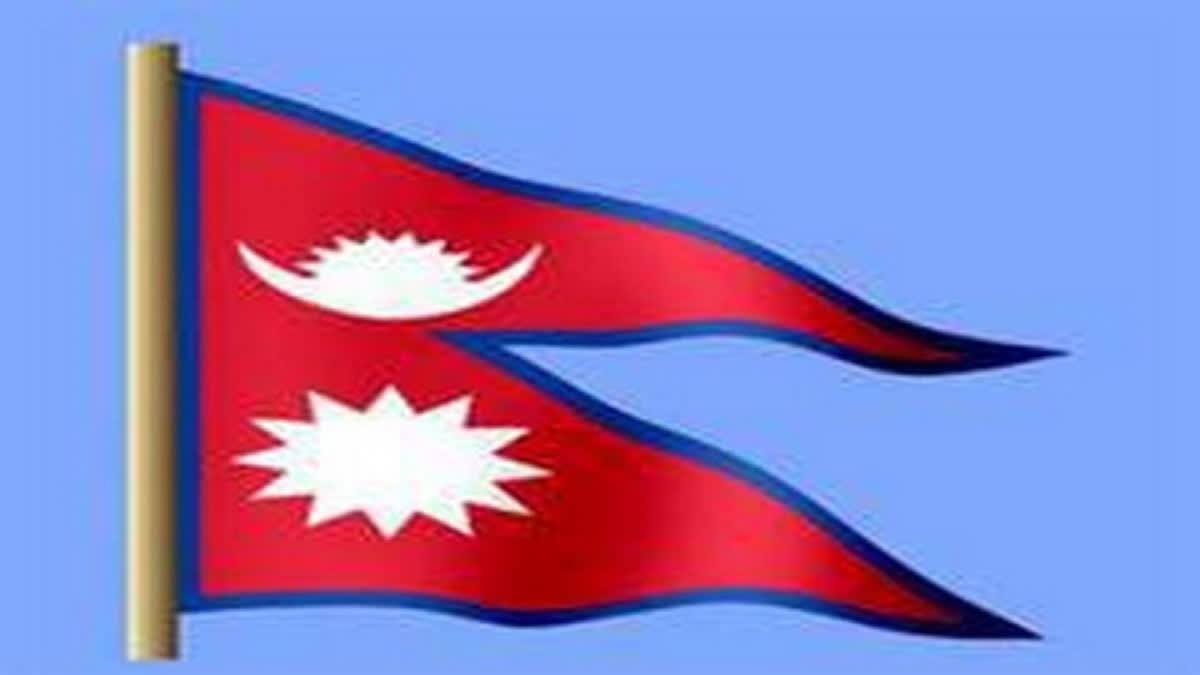New Delhi: With the Nepali Congress back as part of a new coalition government in Nepal, China’s plans for implementation of the Belt and Road Initiative (BRI) in the Himalayan nation, talks for which had resumed recently, have seemingly again suffered a setback.
Former Prime Minister and president of the Nepali Congress Sher Bahadur Deuba and leader of the Communist Party of Nepal – Unified Marxist Leninist (CPN-UML) KP Sharma Oli signed an agreement on the intervening night of Monday and Tuesday to form a new coalition government in Nepal. The CPN-UML is part of the incumbent Leftist coalition government led by Prime Minister Pushpa Kamal Dahal of the Communist Party of Nepal – Maoist Centre (CPN-Maoist Centre).
Earlier, the Nepali Congress, too, was a part of the Dahal-led coalition government. However, in March this year, Dahal decided to sever ties with the Nepali Congress and invited the CPN-UML to be a part of the coalition. However, neither Oli nor Dahal was happy with the new arrangement. Now, with Oli and Deuba coming together, Dahal is on his way out of the Prime Minister’s Office. The Nepali Congress and the CPN-UML are the two largest parties in Nepal’s parliament. According to reports, Oli and Deuba will take turns becoming prime minister for the rest of this government’s term.
Interestingly, ahead of signing the agreement with Oli, Deuba had called a meeting of all office-bearers and former office-bearers of the Nepali Congress on Monday afternoon. The focus of the meeting was on the implementation of Chinese President Xi Jinping’s pet BRI projects in Nepal, a sensitive issue in the Himalayan nation.
Following the meeting, the Kathmandu Post cited Nepali Congress spokesperson Parkash Saran Mahat as saying that the party concluded that Nepal should only accept grants and not loans from China for implementing BRI projects.
“The debt burden is already high, so the party has decided that further debt should not be taken for implementing BRI projects,” Mahat was quoted as saying.
It is worth mentioning that during the Chinese Foreign Minister Wang Yi’s visit to Nepal in March 2022, Deuba, who was then the Prime Minister, had conveyed that Nepal would not implement BRI projects through loans.
However, after the Leftist coalition came to power in March this year, Kathmandu and Beijing again resumed talks for the BRI implementation plan. The two sides agreed to sign the BRI implementation plan at the earliest during delegation-level talks between visiting Nepali Deputy Prime Minister and Foreign Minister Narayan Kaji Shrestha and his Chinese Wang in Beijing.
Though Nepal and China signed the BRI framework agreement on May 12, 2017, and China forwarded the text of a plan in 2019, no further has been made mainly due to Kathmandu’s concerns over debt liabilities. Nepal has made it clear to China that it is not interested in taking commercial loans for implementing BRI projects.
The BRI is a global infrastructure development strategy adopted by the Chinese government in 2013 to invest in over 150 countries and international organisations. It is considered a centrepiece of President Xi’s foreign policy. It forms a central component of Xi’s “Major Country Diplomacy”, which calls for China to assume a greater leadership role in global affairs in accordance with its rising power and status.
Observers and sceptics, mainly from non-participant countries, including the US, interpret it as a plan for a Sino-centric international trade network. Critics also blame China for putting countries participating in the BRI under debt traps. In fact, last year, Italy became the first G7 country to pull out of the BRI. Sri Lanka, which participated in the BRI, eventually had to lease out the Hambantota port to China due to debt repayment issues.
India has opposed the BRI right from the beginning, mainly because its flagship project, the China-Pakistan Economic Corridor (CPEC), passes through Pakistan-occupied Kashmir.
In view of all these, Nepal is wary of getting trapped in unsustainable debt owed to China through BRI loans for expensive infrastructure projects. Nepal’s annual debt payments to China have already been rising rapidly over the last decade. Highly concessional terms offered by other lenders make taking on costlier Chinese commercial loans for BRI projects unappealing.
Nepal also understands India’s concerns over BRI projects in the immediate neighbourhood. India views some planned BRI infrastructure corridors through Nepal as impinging on disputed territory it claims. Nepal wants to avoid straining ties with its powerful neighbour India by appearing to take sides in New Delhi’s rivalry with Beijing. New Delhi has historically exercised considerable influence over Nepali politics and policies.
Frequent changes in government and coalition politics in Nepal have made it difficult to remain consistent on BRI policies. There are domestic political divisions in Nepal over the costs/benefits and potential loss of sovereignty from deeper BRI engagement with China. Implementation has been slowed by bureaucratic inefficiencies and difficulties in meeting China’s approval conditions.
However, with the resumption of talks under the Leftist coalition government, there were speculations about whether China’s grand BRI plan in Nepal could materialise. Following his return from Nepal, Foreign Minister Shrestha said that the Nepali and Chinese sides had very positive discussions on developing economic and development corridors between Nepal and China.
“The focus of my visit was economic diplomacy,” Shrestha had said. “Nepal has been thinking about this new concept (the idea of corridors) after China introduced the Trans Himalayan Multi-Dimensional Connectivity Network (THMDCN), which comprises economic and connectivity corridors to be developed under the Belt and Road Initiative.”
The proposed corridor will start from the Nepal-Tibet border, pass through Sichuan and end in Chongqing province. It may be mentioned that the Chinese provinces of Tibet, Sichuan and Chongqing have been entrusted with the responsibility of engaging, promoting and expanding relations with Nepal under Beijing’s periphery diplomacy policy.
Last month, there was a lot of speculation that the BRI implementation plan would be signed during Chinese Vice Foreign Minister Sun Weidong’s visit to Kathmandu for the 16th meeting of the Nepal-China Diplomatic Consultation Mechanism. However, it did not materialise. According to reports, Nepal Foreign Secretary Sewa Lamsal had written to Prime Minister Dahal’s Office stating that a decision had already been taken at the ministerial level to sign the implementation plan of the BRI, urging the Foreign Ministry to sign the agreement during Sun’s visit. However, a statement issued by the Nepal Foreign Ministry following the talks had no mention of the BRI at all.
Now, with the Nepali Congress back as part of the government, questions arise whether it is back to square one for China as far as BRI projects in Nepal are concerned. “Not really,” Nihar R Nayak, a Research Fellow at the Manohar Parrikar Institute of Defence Studies and Analyses and an expert on issues about Nepal, told ETV Bharat. “Nepal is sensitive to the security concerns of both India and China in the Himalayan region.”
Nayak said that China can still implement small projects like electricity transmission lines, special economic zones, particular stretches of road connecting urban centres and irrigation projects through grants. “It is for big projects like railway lines, Lumbini Development Project and major international airports that China extends loans under the BRI,” he said.
It may be mentioned that Prime Minister Dahal had stated in the parliament that Nepal would not pay an interest rate higher than what the country was paying to the World Bank and Asian Development Bank. He said that Nepal cannot afford beyond 1.5 per cent annual interest rate for proposed BRI projects.
Nayak described the return of the Nepali Congress as part of the government as a “temporary setback” for China as far as BRI projects in Nepal are concerned.
“If China offers favourable terms and conditions for loans it extends for BRI projects, Nepal may well accept these, including the Nepali Congress,” he said. “Until and unless Nepal completely pulls out from the 2017 BRI implementation plan, you cannot say anything for sure.”
Read more: Prachanda Govt In Trouble? Nepali Congress and CPN-UML Forge Pact To Form New Coalition



